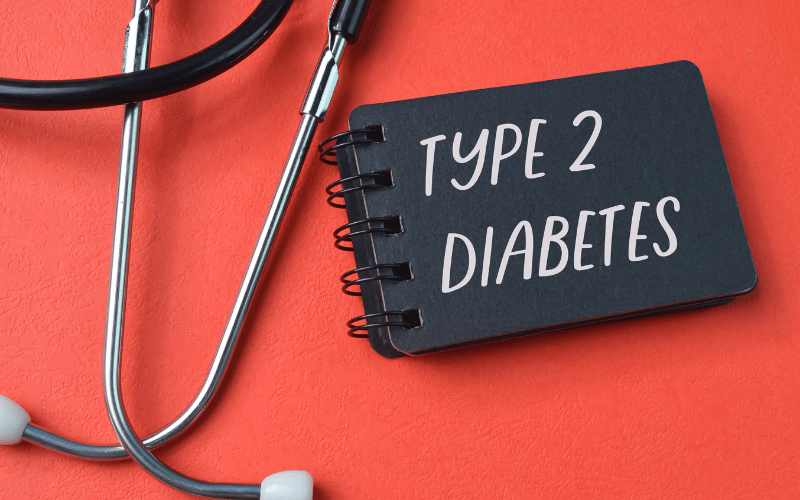Introduction: Navigating the Onset of Type 2 Diabetes in Youngsters
As we usher in a generation more technologically advanced and lifestyle-oriented than ever, we’re simultaneously encountering a rise in Type 2 diabetes among children—a health anomaly once confined to adults. It’s a startling evolution, reflecting changes in diet, activity levels, and overall health. The onset of Type 2 diabetes in the young is subtle, often overshadowed by more benign childhood concerns. Yet, its implications are far-reaching, transforming a child’s life trajectory if not caught and managed early.

Decoding the signals of Type 2 diabetes in children is a task that requires vigilance and understanding. The usual exuberance and boundless energy of childhood can mask symptoms, making it imperative for caregivers and healthcare professionals to have a keen eye. We need to become detectives of sorts, piecing together clues that the body whispers, often quietly. It’s not just about a single symptom, but rather a constellation of signs that when combined, point toward this metabolic disturbance.
The difficulty is that these symptoms can be mistaken for other childhood issues or dismissed as minor ailments. An increased thirst might be attributed to hot weather or active play, while fatigue could be brushed off as a result of a busy school day. However, the persistence of these signs, coupled with the knowledge of their significance, can lead to early diagnosis and management. Early intervention is not just beneficial; it’s crucial.
Understanding that our children might face such a condition requires us to look at the lifestyle and nutrition patterns that contribute to its prevalence. It’s an invitation to parents and guardians to encourage healthier eating habits, more physical activity, and regular health check-ups. These lifestyle alterations are not only preventative measures but also potential means of management should a diagnosis be made.
In an age where instant gratification often triumphs over long-term health goals, instilling such habits can be challenging. But the alternative, a lifetime of managing a chronic condition with significant health ramifications, is a much sterner challenge. This underscores the importance of recognizing and reacting to the early signs of Type 2 diabetes in our children—because when it comes to their health and future, the stakes could not be higher.
Sign 1: Increased Thirst and Frequent Urination

The juxtaposition of unquenchable thirst and frequent trips to the bathroom may not immediately sound alarm bells for a parent. Yet, these are often the initial, glaring signs of Type 2 diabetes in children. Medically known as polydipsia and polyuria, these symptoms manifest when excess glucose in the bloodstream signals the kidneys to work overtime to filter and absorb the surplus sugar. When the kidneys can’t keep up, the excess sugar is excreted into the urine, dragging fluids from tissues, leading to dehydration and a cycle of constant thirst and urination. Parents might notice their child’s unusual need for water or other drinks and the frequent need to use the bathroom, even at night, which can disrupt sleep and can be particularly out of character.
This relentless cycle of drinking and urinating can often be misinterpreted as a minor issue, but it’s the body’s cry for help as it tries to rid itself of excess glucose. The kidneys’ heroic effort to filter blood glucose leads to an imbalance, urging the child to drink more fluids to compensate for those lost. This symptom should prompt caregivers to consider blood sugar screening, especially if the child has other risk factors for diabetes, such as obesity or a family history of the disease.
Furthermore, the scenario in which a child’s thirst is insatiable, even after consuming ample fluids, is a cue that shouldn’t be ignored. The child may drink continuously throughout the day, never feeling quite satisfied, with an accompanying dry mouth or sore throat. They may prefer cold drinks or ice pops, anything to quench the unending thirst, only to find the relief temporary.
The effect on the child’s daily routine can be noticeable. The frequent need to urinate may interfere with school activities, playtime, and sleep. Children may become irritable due to the disruption and the discomfort of feeling parched. This particular sign is relentless and is often one of the most persistent and noticeable symptoms that can lead to a diagnosis of Type 2 diabetes.
Wrapping up, the significance of increased thirst and frequent urination extends beyond mere inconvenience. It signifies a deeper metabolic dysfunction that, when addressed with prompt medical intervention, can be managed. Parents and guardians must heed these signs, not as mere childhood quirks but as potential heralds of a condition that requires immediate attention. (1)